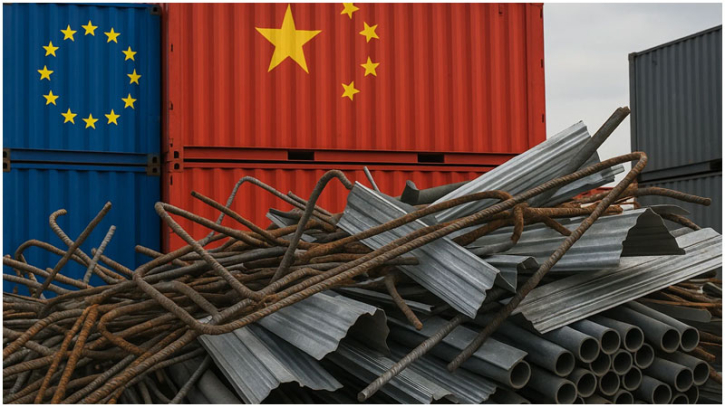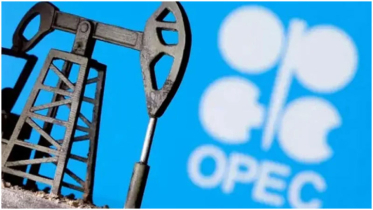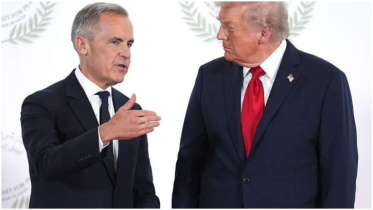US doubles steel and aluminum tariffs as OECD ministers gather

The United States doubled its tariffs on steel and aluminum imports on Wednesday, casting a shadow over a key ministerial meeting of the Organisation for Economic Cooperation and Development (OECD), as President Donald Trump’s escalating trade war fuels concerns over global economic growth.
The tariff hikes come as the OECD—a 38-nation bloc comprising mostly developed economies—lowers its global growth outlook, citing the widespread impact of U.S. trade policies. According to OECD chief economist Alvaro Pereira, trade, investment, and consumption have all been hit hard, with the U.S. economy expected to feel the most pronounced effects.
Despite ongoing legal challenges, many of Trump’s sweeping trade measures—including levies on allies and adversaries—remain in place. The latest round of tariff hikes further strains relations with major partners as talks continue in Paris, where OECD ministers are meeting for two days.
U.S. Trade Representative Jamieson Greer is holding sideline talks with EU trade commissioner Maros Sefcovic and UK Trade Secretary Jonathan Reynolds, as both the European Union and United Kingdom seek to avoid further tariff escalation. Though the U.S. doubled its tariffs on most nations, imports from the UK will remain at 25% for now while negotiations continue.
Following Greer’s meeting with Reynolds, the UK government reported a “shared desire to implement” their bilateral trade pact, which includes agreements on sector-specific tariffs and quotas.
Still, Trump’s latest trade offensive has triggered strong reactions. The European Union criticized the U.S. move, warning that it undermines ongoing negotiations and pledged readiness to retaliate if necessary.
"We must find negotiated solutions quickly because time is running out," said German Economy Minister Katherina Reiche during the OECD talks. French Trade Minister Laurent Saint-Martin echoed the sentiment, calling for calm and reiterating that such tariffs serve no one’s interest.
Meanwhile, Mexico—highly reliant on U.S. trade, with 80% of its exports heading north—has requested an exemption. Economy Minister Marcelo Ebrard argued that it’s unreasonable to impose a tariff on a sector in which the U.S. enjoys a trade surplus. "It makes no sense," he stated.
The tariff increases follow earlier 10% levies imposed in April, targeting nearly all U.S. trading partners. Washington also announced significantly higher rates for dozens of economies, including the EU and Japan, as part of a broader strategy to pressure countries into altering trade practices deemed unfair by the White House. While these increases were temporarily paused, the moratorium ends on July 9—now a key deadline for any negotiated outcomes.
Adding further complexity to the global trade landscape, tensions between the U.S. and China continue to rise. Trump recently imposed an additional 145% tariff on Chinese goods, prompting Beijing to hit back with 125% tariffs on American imports. A temporary de-escalation was reached in May, but Trump later accused China of backtracking by delaying approvals of critical mineral and rare earth exports.
Despite the mounting pressures, U.S. Deputy Treasury Secretary Michael Faulkender expressed cautious optimism, saying Washington is making "good progress" in trade talks with Beijing, even as hardline rhetoric continues.
As G7 countries also prepare for trade discussions this week, global leaders are racing against the clock to de-escalate trade disputes and avoid further shocks to an already fragile world economy.
.png)




